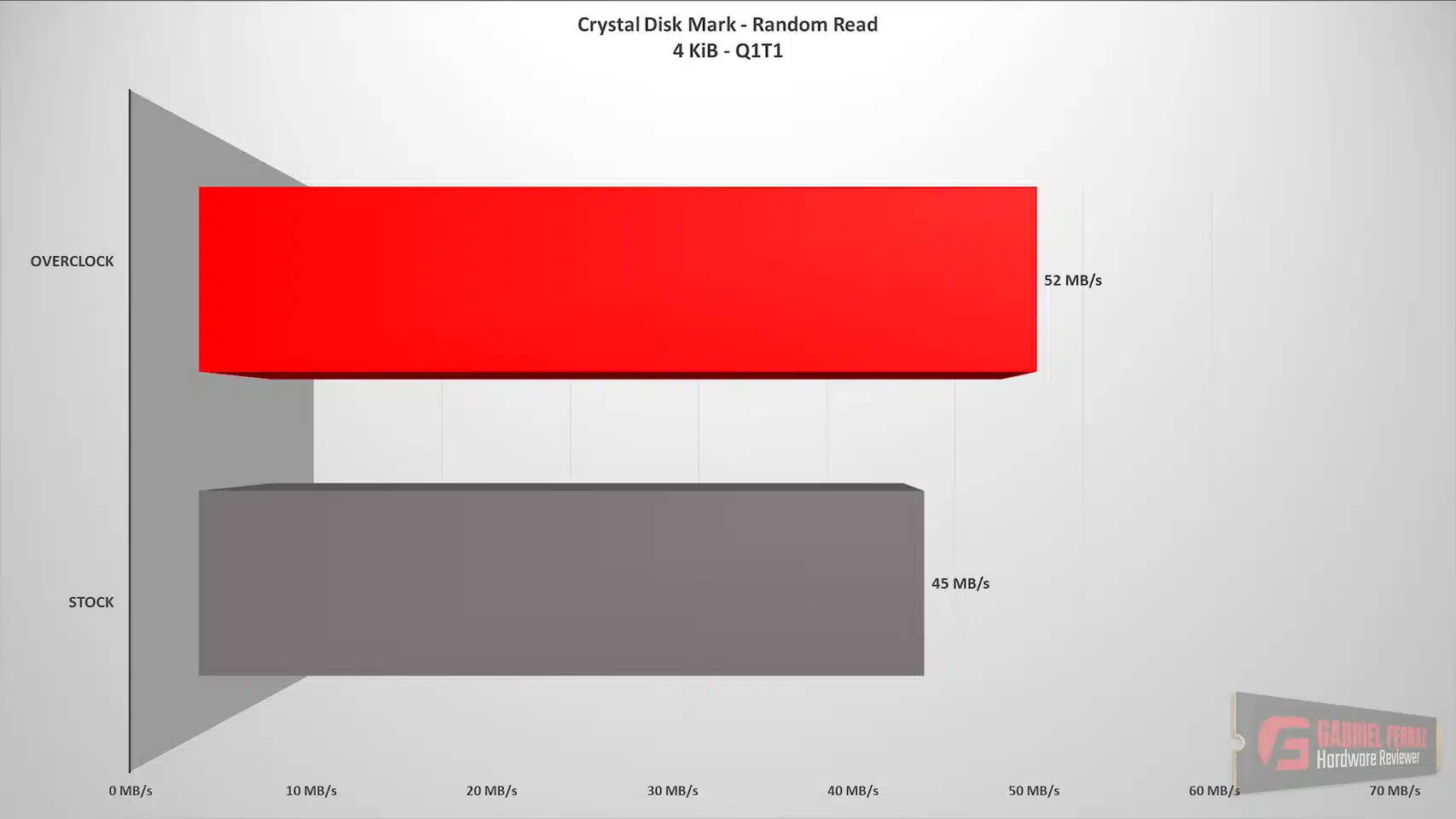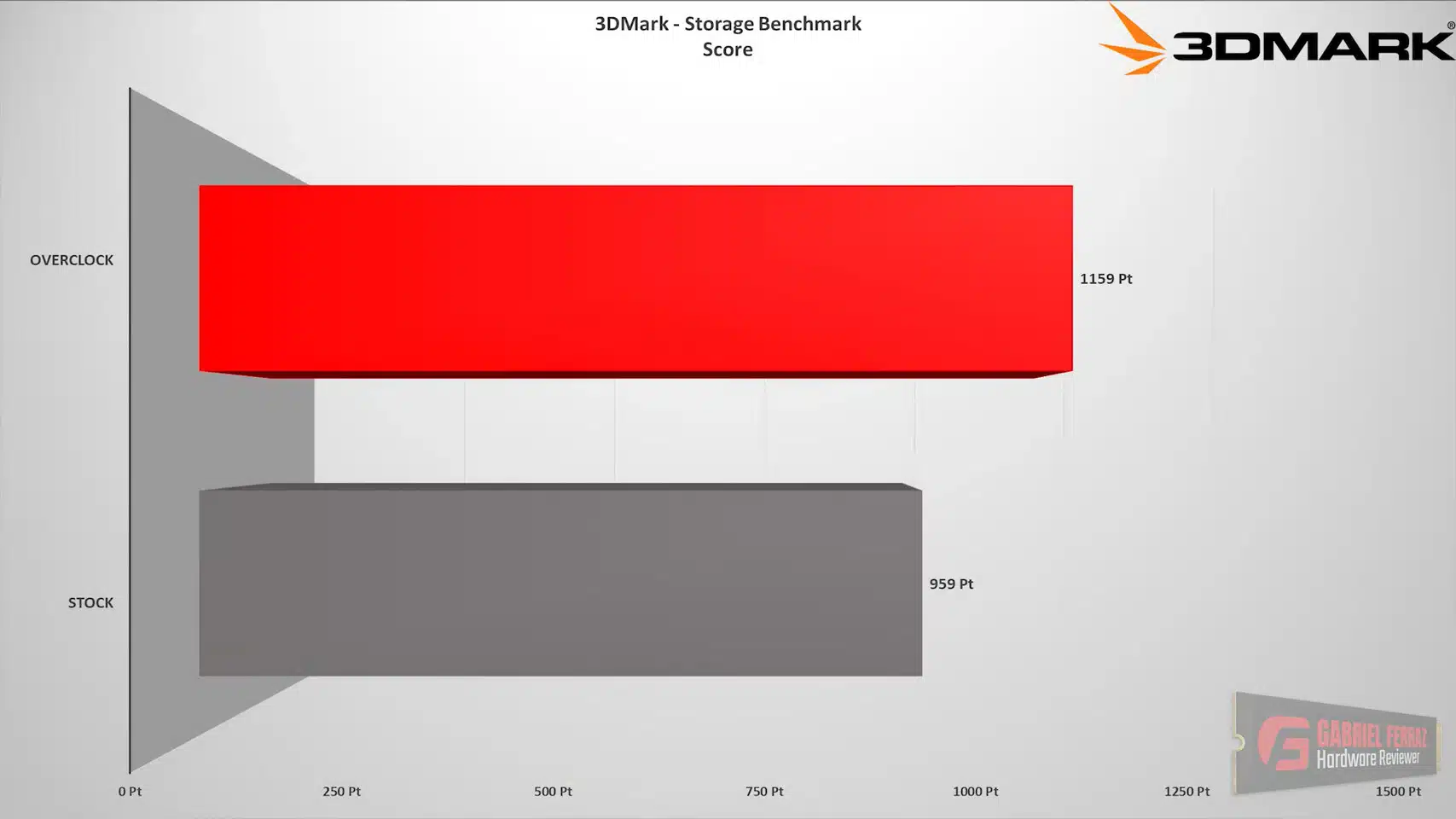Overclocking, a method commonly used by gamers to enhance the performance of processors, graphics cards, and RAM, has now found a new application with SSDs.

A Pioneering Leap in SSD Technology by Engineer Gabriel Veras
In a groundbreaking experiment, engineer Gabriel Veras, an SSD database specialist at TPU, succeeded in overclocking an SSD, this achievement sheds light on significant, untapped potential in storage drives, Veras used a 256 GB RZX Pro SSD SATA III with a Silicon Motion SM2259XT2 controller and a single-core ARM processor, which operates at frequencies up to 550 MHz.
Complex Techniques for Overclocking an SSD
The NAND Flash memory in the SSD was programmed to operate at a frequency of up to 400 MHz, but the actual frequency was only 193.75 MHz, for the overclocking process, Veras relied on a special adapter from SATA III to USB 3.0 using a JMS578 controller, and the Mass Production Tools software for firmware setting adjustments.
Astonishing Results and Challenges in SSD Overclocking
The overclocking process resulted in significant increases in the frequencies of both the controller and NAND Flash memory, leading to improved performance, particularly in write speeds, and an increased memory bandwidth, however, this also led to a notable rise in temperature, presenting challenges concerning the lifespan of the disks.



Future Prospects for Developing Overclockable SSDs
The prospects appear promising for SSD manufacturers to focus on overclocking capabilities, especially with effective cooling solutions that prevent excessive temperature increases, these developments promise to revolutionize how current storage disks are used and optimized.

